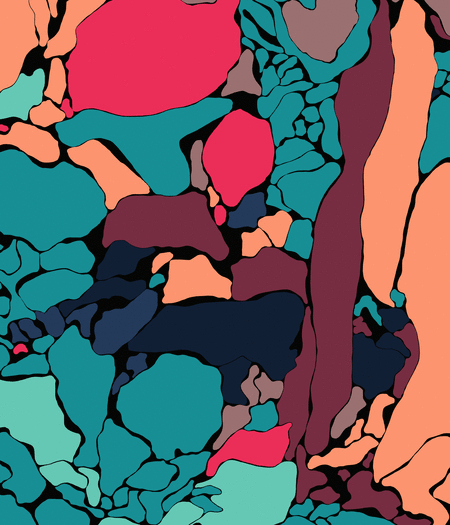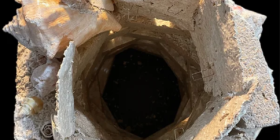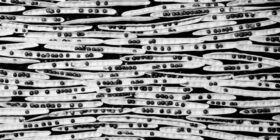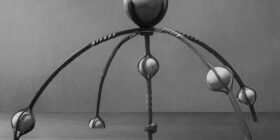Neuroscience Art
Julia Buntaine is a neuroscience-based visual artist, interested in what has proven to be the most complex puzzle, the epitome of emergence, the brain. The instantiation of form and function united, from the molecular to the level of Neuroscience as a discipline, her work seeks to address the beliefs, theories and findings of the biological phenomenon of consciousness. Beginning with biological form or data, her work departs into the world of aesthetics as she manipulates the idea through the use of scale, metaphor, material and form. Unlike articles and raw data, scientific ideas in the form of art inherently demand subjective judgment and interpretation, and her goal as a science-based artist is to provide the viewer an alternative way to understand the wonders of biology we have discovered in ourselves.
She is also Director of the SciArt Center of New York (www.sciartcenter.org) and Editor-in-Chief of SciArt Magazine (www.sciartmagazine.com) and Innovator-in-Residence at Rutgers University.

Julia Buntaine: Alpha Wave(s). 2014. 4’x8”x2’. Rebar wire. Photo courtesy of Peters Projects Gallery.

Julia Buntaine: Delta Wave(s). 2014. 2’x5”x1’. Rebar wire. Photo courtesy of Peters Projects Gallery.

Gamma Wave(s). 2013. 2’x2’x2.5’. Rebar wire. Photo courtesy of Peters Projects Gallery.
The pieces above are part of the “Wave(s)” series (in progress), which explore the natural aesthetic and morphological potentials of the five brain wave shapes.
…………….

EEGellyfish. 2015. 4’x6”x6”. EEG headset, LED
EEG, or electroencephlagram, is a device populated with electrodes used to measure brain waves from the scalp. Without its functionality, the EEG headset takes on a shape and life of its own.
……………
January in the Frontal Lobe. 2016. GIF animation
This animation illustrates how the brain changes from day to day over the course of 31 days, initially based on cerebral cortex data from MIT, shaped by what we know about learning and memory processes.
……………
Windows into the Mind. 2016.
Brain slides from a rhesus macaque monkey, red lights from 6pm-6am. One year installation at Lafayette College’s Garde House.

Julia Buntaine: Lafayette 1

Julie Buntaine: Lafayette 2
……………
The Unexpected Visitor by Ilya Repin

Julia Buntaine: The Unexpected Visitor by Ilya Repin. 2014. 8.5” x 11” each. Eye-tracking data from A.L. Yarbus (1967), pen and archival paper. Photo courtesy of Islip Art Museum.
Are the eye-tracking movements of looking at an artwork artful in themselves? Is there beauty in the looking pattern of a beautiful picture, is an inherent aesthetic blueprint revealed?
……………
Thoughts 23

Julia Buntaine: Thoughts 23. 2016. 21.5” x 17.5”. Overlaid computer renderings of human neurons from Eyewire & MIT, giclee print.
…………..
BioBase Neuron

Workshop at BioBase, a community biology lab in NYC, where elementary and middle school students learned about the structure and function of neurons through papier mache.
……………
Lafayette College – Frankenstein 2029

Installation of the “Birth Myth Hall” in “Frankenstein 2029,” a multimedia production at Lafayette College in 2015. The hall was created in collaboration with art and science students. Photo courtesy of Lafayette College.
……………
Molloy College

Image of student work from the “Synesthesia: Happy Birthday” workshop in which speech pathology graduate students created visual art embodying the colors of Happy Birthday.
……………
World Science Festival

Image from “Neuron Art” workshop at the 2015 World Science Festival at Washington Square Park, NYC, in which the public created collaborative science-art works while learning about the structure and function of neurons
………………..
Get the Full Experience
Read the rest of this article, and view all articles in full from just £10 for 3 months.




No comments yet.